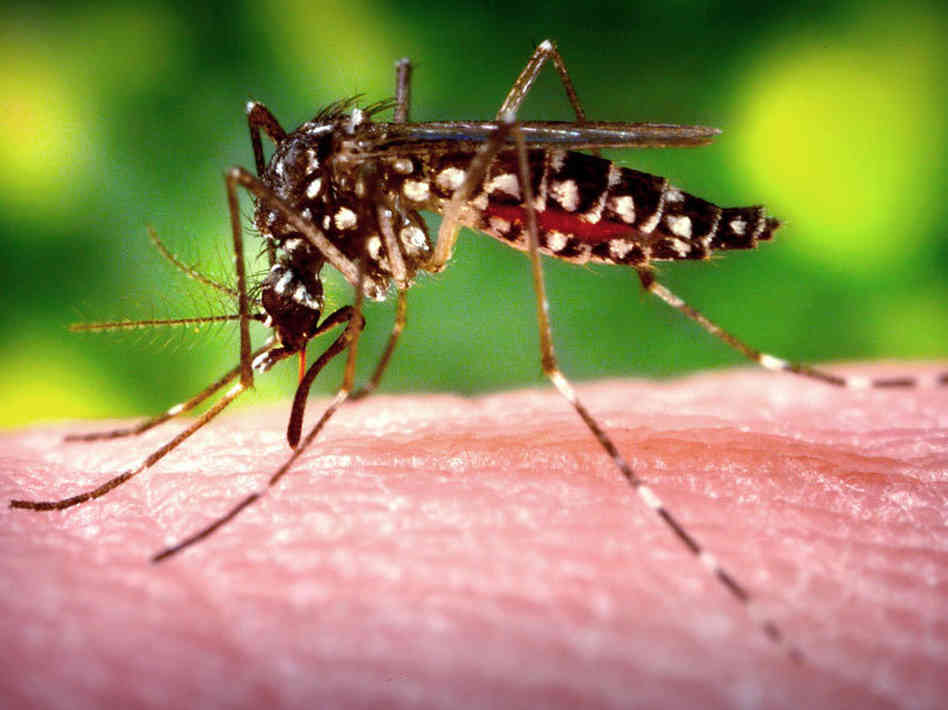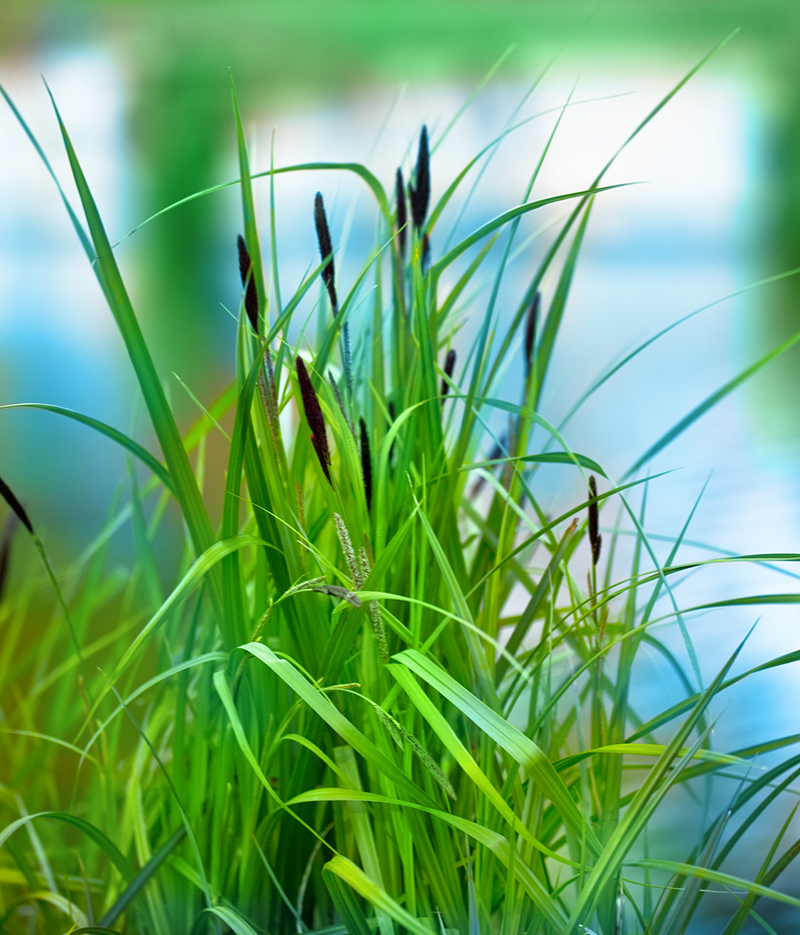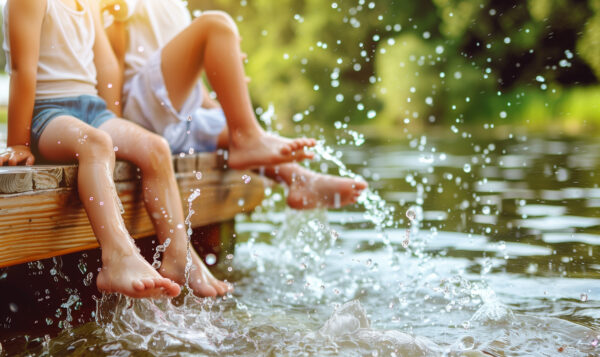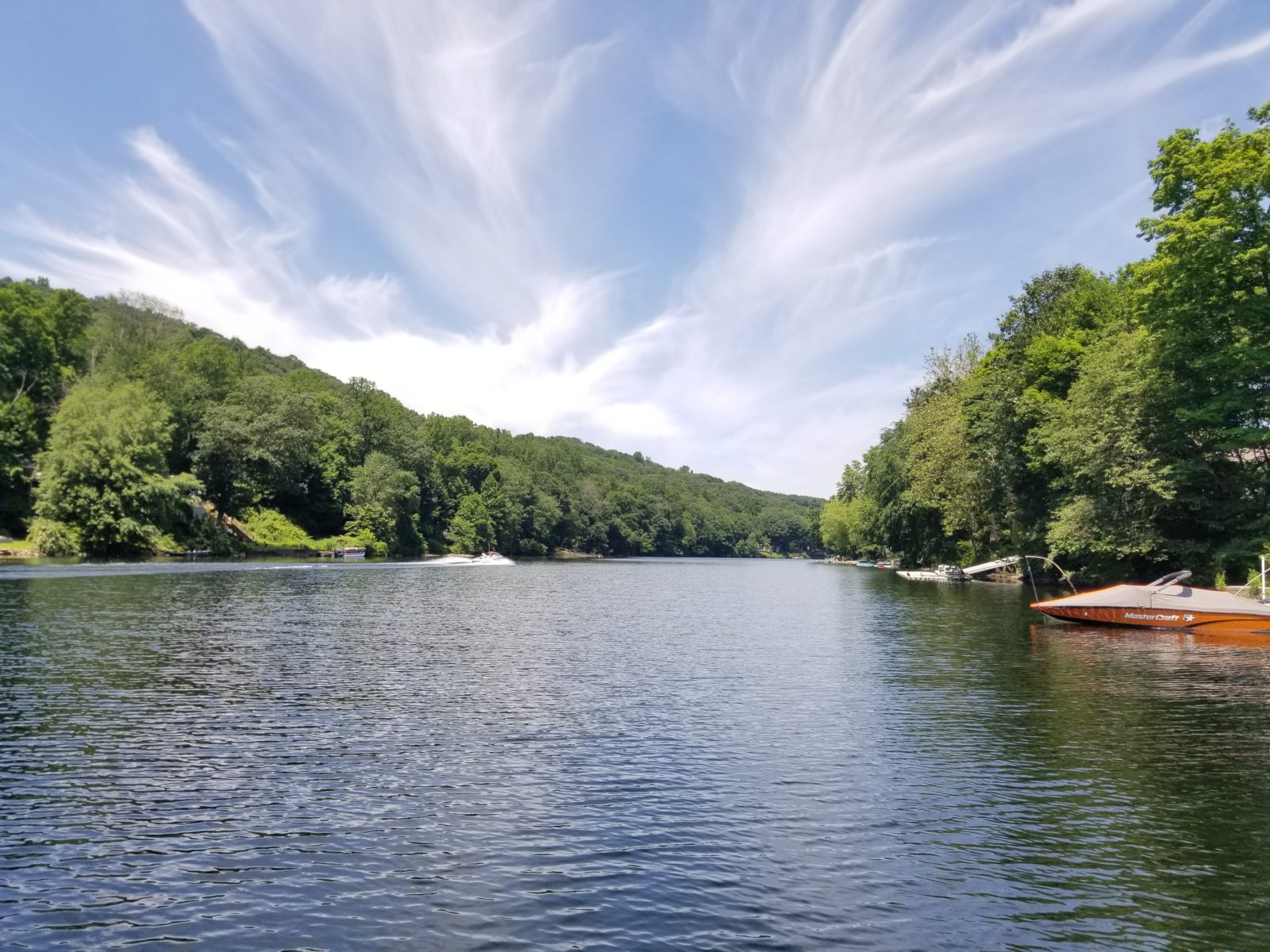Mosquito Control In and Around Your Community’s Pond
May 16th, 2014
AS SEEN IN various Community Associations Institute (CAI) publications, Spring 2014: Written by Industry Expert Matthew Phillips, Aquatic Biologist and Environmental Scientist
 Mosquitoes are one of the most infamous insects on the planet. And during the most precious times of year, they seem to be everywhere, constantly buzzing in our ears and showing up at the most inopportune times.
Mosquitoes are one of the most infamous insects on the planet. And during the most precious times of year, they seem to be everywhere, constantly buzzing in our ears and showing up at the most inopportune times.
Mosquitoes start their life as an aquatic organism. Females will deposit their eggs in just about any form of standing water from ponds, puddles, tires, empty flower pots, and even water collected in stumps or leaves. A female can mate multiple times in her lifespan and may lay 100-200 total eggs. Most females will fly over the surface of water and drop her eggs, which will develop into larvae in a few days to weeks. Some larvae will breathe via spiracles, or small opening, but others will “hang” upside down just below the surface of the water and extend a siphon, which attaches to the underside of the surface water tension. This is why mosquito larvae thrive in very stagnant water.
Adult mosquitoes live a mundane life flying around, relocating, and breeding, but only females bite as they need the protein rich blood meal for egg development. While slapping an adult female feasting on your arm might seem like an accomplishment, what if she has already deposited her first round of eggs?
It can seem very daunting and almost impossible to control mosquitoes; however, there are some natural and environmentally sound strategies to help reduce their numbers. Since mosquitoes start their life in the water, it is easier to try to eradicate them in this location, as they are immobile and concentrated.
Providing a beneficial vegetative buffer around a pond can help reduce the mosquito load. A beneficial buffer provides habitat for dragonflies, who like mosquitoes, have an aquatic larval form. Both the dragonfly larvae and adults are predators and make mosquitoes a primary meal. Studies have shown that a single dragonfly can consume 30-100 mosquitoes in a day.
 A vegetative buffer provides the necessary habitat for dragonflies to survive. The larvae will hide from predators in a buffer, and then crawl out of the pond on plants and emerge as an adult. Also, some females will cut a slit into the plants and deposit their eggs into it. Not only do beneficial buffers provide great living conditions for dragonflies, they help prevent erosion by stabilizing the bank, reduce the amount of sediments and nutrients that may enter a pond, and use some of the nutrients already in the pond. They help shade the shallow areas of a pond where many problems typically began, such as algae and nuisance weed growth. Plants, such as pickerel weed, arrowhead, iris, rush, some sedges, and others, are hardy and can handle the stress of changing water levels and temperature. Since many owners enjoy access to their pond, it isn’t always necessary to plant them around the entire pond and instead can be established in certain areas. The plants can also be put in pots that are then submerged. It is good to avoid certain plants like cattails and phragmites as they are very aggressive and will overtake a body of water. They also create small pockets of stagnant water, which is exactly what you want to avoid.
A vegetative buffer provides the necessary habitat for dragonflies to survive. The larvae will hide from predators in a buffer, and then crawl out of the pond on plants and emerge as an adult. Also, some females will cut a slit into the plants and deposit their eggs into it. Not only do beneficial buffers provide great living conditions for dragonflies, they help prevent erosion by stabilizing the bank, reduce the amount of sediments and nutrients that may enter a pond, and use some of the nutrients already in the pond. They help shade the shallow areas of a pond where many problems typically began, such as algae and nuisance weed growth. Plants, such as pickerel weed, arrowhead, iris, rush, some sedges, and others, are hardy and can handle the stress of changing water levels and temperature. Since many owners enjoy access to their pond, it isn’t always necessary to plant them around the entire pond and instead can be established in certain areas. The plants can also be put in pots that are then submerged. It is good to avoid certain plants like cattails and phragmites as they are very aggressive and will overtake a body of water. They also create small pockets of stagnant water, which is exactly what you want to avoid.
Another way to cut down on your pond’s mosquito population is by stocking certain fish that feed on the larvae. One of the most common fish used to combat mosquito larvae is the mosquito fish. As its name suggests, they feed primarily on mosquito larvae. However, due to regulations in some states, mosquito fish are not legal to stock everywhere. There are other fish that can be used such as fathead minnows, golden shiners, bluegill and others. The type of fish used depends on the conditions of the pond, and the individual goals a client may have for the pond. Coupling fish stocking with a beneficial buffer will also provide habitat for the fish, giving them a place to escape from predators and potentially reproduce. It is always good advice to consult with your lake and pond management company’s fisheries biologist before stocking any fish. They will be current on the fish stocking laws in your area.
A floating fountain or submerged aeration system will also reduce the likelihood of mosquito larvae being in your pond. As mentioned, mosquitoes thrive in stagnant water and need it to breathe. Any kind of water movement will often time prevent the larvae from breathing. Plus, the females typically won’t even try to lay their eggs on moving water. Besides reducing mosquito larvae, aeration is an important part of any lake or pond management program by helping to oxygenate the pond, which encourages beneficial bacteria growth and speeds up decomposition which can result in less sediment. Aeration also reduces the nutrients which will help prevent algae flare ups.
When your mosquito strategy is not making headway with the natural methods named earlier, there are also several types of larvaecide on the market. Different larvaecides are specifically designed for the various habitats that the mosquito larvae inhabit. Some are designed for larger bodies of water like a lake or pond, while others are for a much smaller scale such as bird baths or storm drains. The appropriate larvaecide needs to be selected for each application, as there usually are some hazards and precautions associated with them. To reduce adult mosquito populations, there are also insect foggers and sprays to consider. These typically work well for small areas, but also come with warnings as they are not selective and may target other insects. In order to be effective, both larvaecides and sprays typically need to be applied on a weekly basis during the course of spring and summer, so often they are not a feasible option.
There are a wide variety of sustainable options to help reduce and control mosquitoes. The trick is determining what the best strategy is for your unique body of water and community. And, it also doesn’t hurt to take a lap around your property and dispose of any standing water.
Free Report: Nutrient Management Solutions
Contact the experts at 888-480-5253 for all of your lake, pond and fisheries management needs.
Matthew Phillips is Aquatic Biologist and Environmental Scientist with SOLitdue Lake Management. Since 1998, SOLitude Lake Management has been committed to providing full service lake and pond management services that improve water quality, preserve natural resources, and reduce our environmental footprint. Services are available throughout the Eastern United States. Fisheries management consulting and aquatic products are available nationwide. Learn more about SOLitude Lake Management and purchase products at www.solitudelakemanagement.com.










